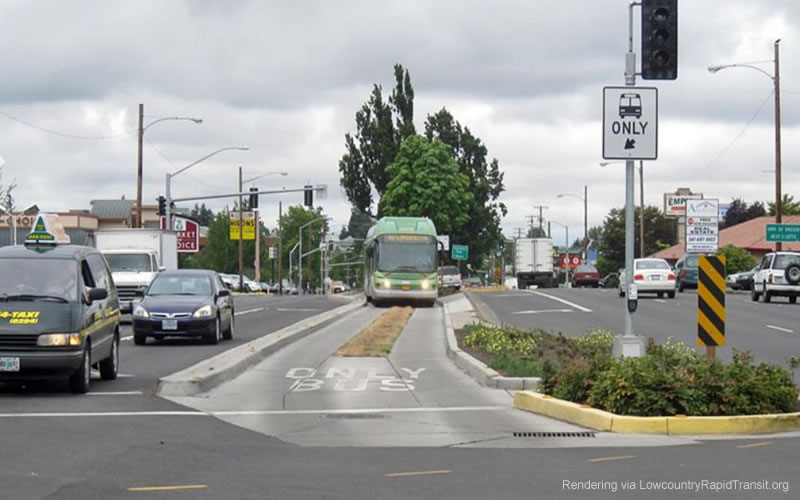By Elliott Brack
Editor and Publisher, GwinnettForum
OCT. 6, 2020 | On May 9, 1977, I was attending a high-tech seminar in Boston, Mass. About 2 p.m. sitting in class on a Wednesday, it started snowing. Almost immediately the snow intensified. By 3:30, officials halted the class, saying we would resume the next morning. We returned to our hotel.
 But by morning, officials were calling the storm a “northeaster.” Snowfall was heavy. There was little traffic on the streets. Boston was marooned for several days, the National Guard was called out, and most were stranded. We were left with nothing to do, and it was too cold to go outside.
But by morning, officials were calling the storm a “northeaster.” Snowfall was heavy. There was little traffic on the streets. Boston was marooned for several days, the National Guard was called out, and most were stranded. We were left with nothing to do, and it was too cold to go outside.
When packing for the trip, I debated what clothes to take along that spring. I chose a light jacket. As the storm continued, I needed a heavier jacket, and stayed inside the Copley Plaza hotel. Meanwhile, the seminar was cancelled, but my return ticket was for Saturday, and anyway, planes were also stranded. Learning that the subway was running, another Southerner needing warmer clothing and I took the subway to Filene’s Basement. There I bought a much-needed raincoat with a heavy liner for a few dollars. It did the trick. By Saturday, I caught the plane back to Atlanta.
Wikipedia tells us: “Boston’s subway was the first in the United States….. In 1897 and 1898, the Tremont Street subway opened as the core of the precursor to the Green Line. In 1901, the Main Line Elevated, the precursor to the Orange Line opened.”
That subway trip to Filene’s Basement was on the first part of that original subway. While all street traffic was halted because of the snow, that ancient subway moved people effortlessly.
In 1890, Boston had a population of 448, 477. And we would think that as in all city governments, money was tight. But somehow, someway, good leadership emerged, and Bostonians found a way to raise money to build that subway line. And 70+ years later, I was able to stay warm because they appropriated those early dollars for the rapid transit line.
Let’s vault ahead to Gwinnett today: what is the top problem facing our county? Some would say Gwinnett needs to find a way to join the 21st century and provide an alternate way to move people around. If Gwinnett doesn’t do this, it will be up the creek without a paddle on transportation, getting more dependent vehicles and in even more traffic. Add even more frustrated.
Once built, will everyone use more rapid transit? No. But enough will use it to make a difference in congestion.
On the ballot this year is a proposal to start the process of rectifying the traffic situation. It is a multi-level proposal that takes several forms, all needed to move us around better.
It faces Gwinnett similarly to the way Boston voters were challenged with their mobility problem years ago. Boston voters had the foresight to listen to their leaders, and fund a far-out venture that results today in a vast array of subways and trains to keep that city among the world leaders when it comes to movement of people.
There is no one solution about what type of system to build. We need train tracks, but also bus rapid transit, perhaps even street cars, and other innovative solutions.
Gwinnett, now nearly a million strong, needs to get behind this 2020 proposal and approve the upcoming referendum, to allow their leaders to work out the right solutions to this problem.
It is the right thing to do so that individuals, like I was in Boston 43 years ago, can move around Metro Atlanta and solve traffic problems in a greatly-improved manner.
- Have a comment? Send to: elliott@brack.net











Follow Us